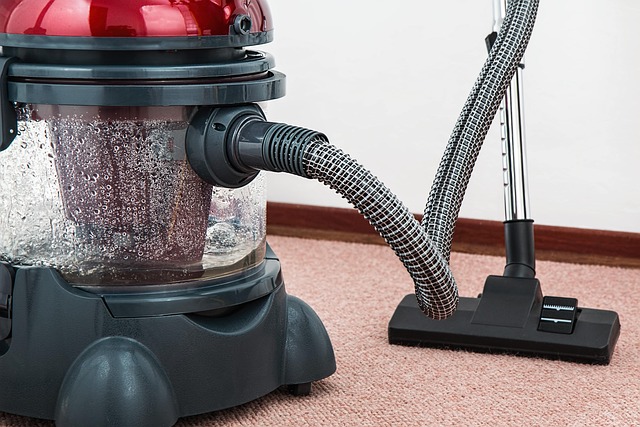Air Purifier Guide: HEPA, Carbon Filters & Filtration
Indoor air quality matters more than many people realize: allergens, dust, pet dander, volatile organic compounds (VOCs), and fine particles can accumulate in homes and offices, affecting comfort and health. An air purifier can reduce many of these contaminants through targeted filtration technologies, helping create a cleaner breathing environment. This article explains how air purifiers work, the roles of HEPA and carbon filters, how filtration affects indoor air quality, and what features to consider when choosing a unit.

This article is for informational purposes only and should not be considered medical advice. Please consult a qualified healthcare professional for personalized guidance and treatment.
What is an air purifier and how does it help?
An air purifier is a device designed to remove airborne particles and some gases from indoor air. Most units pull air through one or more filter stages and then recirculate cleaner air back into the room. By trapping particles such as dust, pollen, smoke, and pet dander, purifiers can reduce allergen exposure and lower the concentration of particulate matter that may aggravate respiratory conditions. Some models also combine filters with technologies like UV light or ionization to address pathogens or charged particles, though performance varies by approach.
How does a HEPA filter work in practice?
HEPA filter stands for High-Efficiency Particulate Air filter, and it captures particles through a combination of interception, impaction, and diffusion. True HEPA filters are rated to remove at least 99.97% of particles 0.3 microns in diameter, which includes many common allergens and fine dust. In practice, HEPA filters are most effective for particulate removal; they do not absorb gases or odors. Regular maintenance—periodic replacement of the HEPA element per manufacturer guidance—is essential to maintain airflow and filtration efficiency.
Do carbon filters remove odors and gases?
Carbon filters, often labeled activated carbon or charcoal, adsorb gases, VOCs, and odors onto a large internal surface area. They are effective at reducing smells from cooking, smoke, chemical off-gassing from furniture, and many household VOCs, but their capacity is finite: once saturated, effectiveness drops and the carbon element must be replaced. Many high-performing air purifiers combine a HEPA filter for particulates and a carbon filter for gases, providing broader coverage across both particulate and gaseous contaminants.
How does filtration affect indoor air quality overall?
Filtration lowers concentrations of airborne particles and, when combined with carbon media, reduces some gaseous pollutants, which collectively improves measured indoor air quality. Better air quality can translate to fewer allergy symptoms, less visible dust accumulation, and lower exposure to fine particulate matter (PM2.5). Filtration is one component of an overall indoor air strategy that also includes ventilation, source control (reducing pollutant production), and humidity management. Choosing the right purifier and maintaining it are crucial for sustained benefits.
Which filtration and performance features should you prioritize?
When evaluating an air purifier, prioritize true HEPA filtration, sufficient carbon media if odors or VOCs are concerns, and a Clean Air Delivery Rate (CADR) appropriate for your room size. Look for units with reliable fan control, filter-change indicators, low noise at expected operating speeds, and energy-efficient operation. Additional features like programmable timers and air-quality sensors can improve convenience and ensure the unit runs only as needed. Avoid unverified claims about removing 100% of pathogens or hazardous chemicals; focus on manufacturer specifications and independent test data when available.
Conclusion
Air purifiers offer a pragmatic way to reduce many common indoor airborne contaminants, particularly when equipped with a certified HEPA filter and, if needed, a carbon filter for gases and odors. They are most effective as part of a broader indoor air strategy that includes good ventilation and pollutant source control. Matching unit capacity and filter types to your specific concerns—allergens, smoke, odors, or general dust—ensures better results. Regular maintenance and filter replacement keep performance high and indoor air quality more consistent over time.






